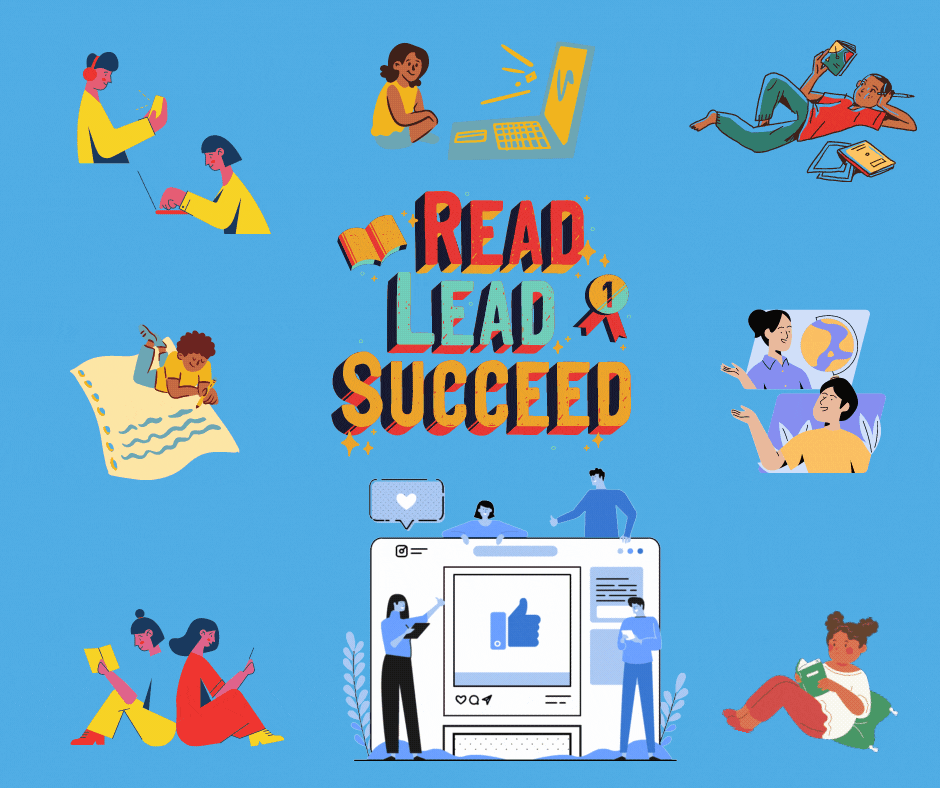September 8, 2021 is International Literacy Day. As a global citizen, it is my desire, and it should be the desire of all global citizens, to do everything in our power to ensure that everyone in every country has access to literacy education. Reading and writing connects us. Reading and writing allow us to see the humanity of others and it gives permission to our imaginations to dream of the most fantastical things.
The School of Education’s literacy education expert, Dr. Jennifer Gray, spoke about how educators at Marymount University train student teachers to promote literacy for their future students. She stated, “From the literacy methods courses that all education students take at Marymount, to the incredible modeling and guided practice provided by mentor teachers, Marymount’s education students receive a tremendous amount of support and encouragement as they develop into skilled and dedicated practitioners.” Student teachers at Marymount University are supported by a community of experienced educators and mentor teachers, and their supervised field experiences through student teaching internships prepares them to develop in-class methods to successfully promote literacy in their future students.
“According to the National Center for Education Statistics,” Dr. Gray shared, “approximately 48% of adults in the United States are considered proficient in literacy, meaning that they are able to read and write in English at a sixth-grade level or above. According to one recent study, these low literacy levels among U.S. adults may be costing the U.S. economy up to 2.2 trillion dollars per year. Numerous research studies have also identified links between literacy rates and the overall health and well-being of both individuals and communities.” Although this information may seem disconcerting, as long as we continue to promote reading and writing, especially in underserved areas in the U.S. such as the Rio Grande Valley in Texas, portions of Florida and California, and rural areas in the South, we can increase the nation’s literacy rates. To reach the underserved areas in America, Dr. Gray determined, “One of the best things that educators can do to reach or serve these underserved areas is to learn as much as they can about the needs of the communities and the students that they serve. For example, many areas with low literacy rates are home to a large number of children who speak a language other than English in their homes and communities. These children require support in the development of both spoken and written language and literacy skills, as they are likely to be learning to read, write and speak English all at the same time. In rural areas, students may not have easy access to libraries, wifi, or other resources to support their literacy development.”
Data collected by the Institute of Education Sciences of the U.S. Department of Education, shows U.S. adults scored slightly higher on global measures of adult literacy (272) than the international average across participating countries (267). The U.S., however, lags behind in literacy compared to higher-performing countries such as Japan (296) and Finland (288). Fifty percent of U.S. adults are considered proficient in literacy, compared to 72 percent in Japan and 63 percent in Finland. At the other end of the skill spectrum, 18 percent of U.S. adults performed at or below the lowest level of literacy skills measured in the study, compared to 5 percent in Japan and 11 percent in Finland.
In recognition of International Literacy Day 2021, the World Literacy Foundation is focusing on “bridging the digital divide”. The COVID-19 pandemic has highlighted the severe inaccessibility of disadvantaged students to books, technology, and the internet. Educators are seeking and implementing interventions that will provide access to such resources.
Join the World Literacy Foundation in a free, online event on September 8, 2021, from 10 am – 10 pm (GMT) for story times, literacy webinars, workshops and more. All information and detailed programming are listed on their website.
Written by Pierre Thomas





